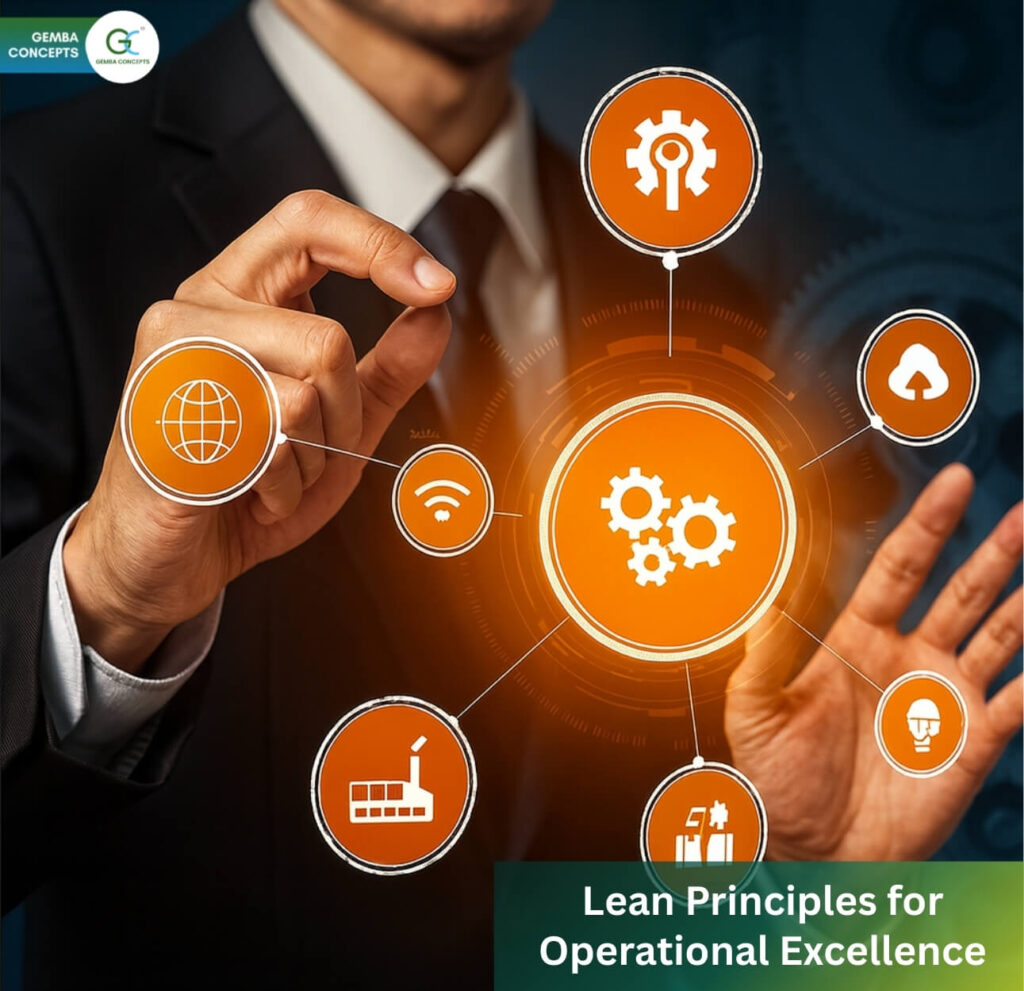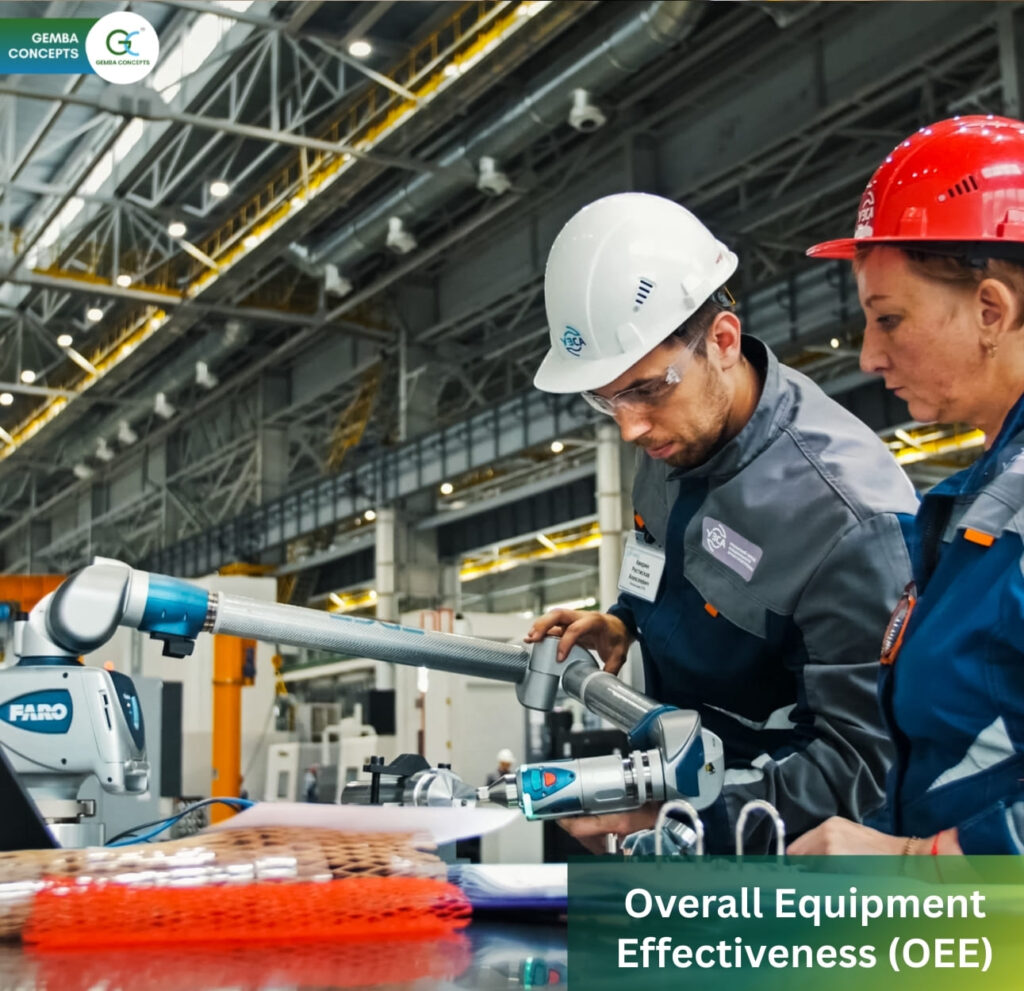
Lean principles, originally developed in manufacturing, have proven to be adaptable and beneficial across a variety of industries. Let’s explore how Lean is applied in manufacturing, healthcare, IT, and the service sectors, along with the industry-specific challenges it addresses:
1. Manufacturing:
- Lean Principles:
- Just-in-Time (JIT): Produce goods or services just in time to meet customer demand.
- 5S Methodology: Sort, Set in Order, Shine, Standardize, and Sustain for workplace organization.
- Kaizen (Continuous Improvement): Encourage small, incremental changes over time.
- Value Stream Mapping (VSM): Visualize and analyze the steps in a process to eliminate waste.
- Industry-Specific Challenges:
- High Inventory Costs: Manufacturing often deals with high holding costs for raw materials and finished goods.
- Production Delays: Inefficiencies and bottlenecks can lead to production delays.
- Variability in Demand: Fluctuating customer demand can lead to overproduction or stockouts.
- How Lean Addresses Challenges:
- Inventory Reduction: JIT minimizes excess inventory, lowering holding costs.
- Efficiency Improvement: 5S and VSM help identify and eliminate bottlenecks, reducing delays.
- Flexibility: Lean allows for quick adjustments in production to accommodate variable demand.
2. Healthcare:
- Lean Principles:
- Kaizen Events: Rapid improvement events to address specific issues.
- Standardized Work: Establish consistent processes for patient care.
- Value Stream Mapping: Map patient flow to identify and eliminate inefficiencies.
- Visual Management: Use visual cues for better communication and decision-making.
- Industry-Specific Challenges:
- Long Patient Wait Times: Delays in patient care due to inefficient processes.
- Resource Constraints: Limited availability of medical staff and facilities.
- Variability in Patient Demand: Unpredictable patient arrival patterns.
- How Lean Addresses Challenges:
- Reduced Wait Times: Lean streamlines processes for quicker patient care.
- Improved Resource Utilization: Efficient workflows maximize the use of available resources.
- Adaptability: Lean allows healthcare providers to respond quickly to changes in patient demand.
3. Information Technology (IT):
- Lean Principles:
- Kanban: Visualize and manage work using Kanban boards.
- Continuous Integration/Continuous Deployment (CI/CD): Frequent, automated software releases.
- Gemba Walks: Regular site visits to understand work processes.
- Whys: Root cause analysis for problem-solving.
- Industry-Specific Challenges:
- Project Delays: Software development projects may face delays.
- Unclear Requirements: Ambiguities in project requirements.
- Bottlenecks in Development: Inefficient workflows causing bottlenecks.
How Lean Addresses Challenges: - Efficiency in Development: CI/CD ensures a streamlined and continuous development process.
- Clear Communication: Gemba walks facilitate direct communication and understanding.
- Problem-Solving: 5 Whys helps identify and address the root causes of issues.
4. Service Sector:
- Lean Principles:
- Customer Value: Define value from the customer’s perspective.
- Pull Systems: Respond to customer demand rather than push products or services.
- Cross-Training: Equip employees to handle various tasks.
- Poka-Yoke (Error Proofing): Implement measures to prevent errors.
- Industry-Specific Challenges:
- Customer Dissatisfaction: Issues with service quality or responsiveness.
- Inefficiencies in Processes: Time-consuming and error-prone service delivery.
- Employee Burnout: Overburdened employees leading to reduced service quality.
- How Lean Addresses Challenges:
- Customer-Centric Approach: Lean ensures services are aligned with customer needs.
- Efficiency Improvement: Eliminating waste streamlines service processes.
- Employee Empowerment: Cross-training and involvement in improvement initiatives reduce burnout.
In each industry, Lean principles offer a systematic and effective approach to improving processes, reducing waste, and enhancing overall efficiency. The adaptability of Lean allows organizations to tailor their principles to suit their specific challenges and goals, ultimately leading to improved performance and customer satisfaction.
Note - the article is based on the real-life experiences of our consultants.



